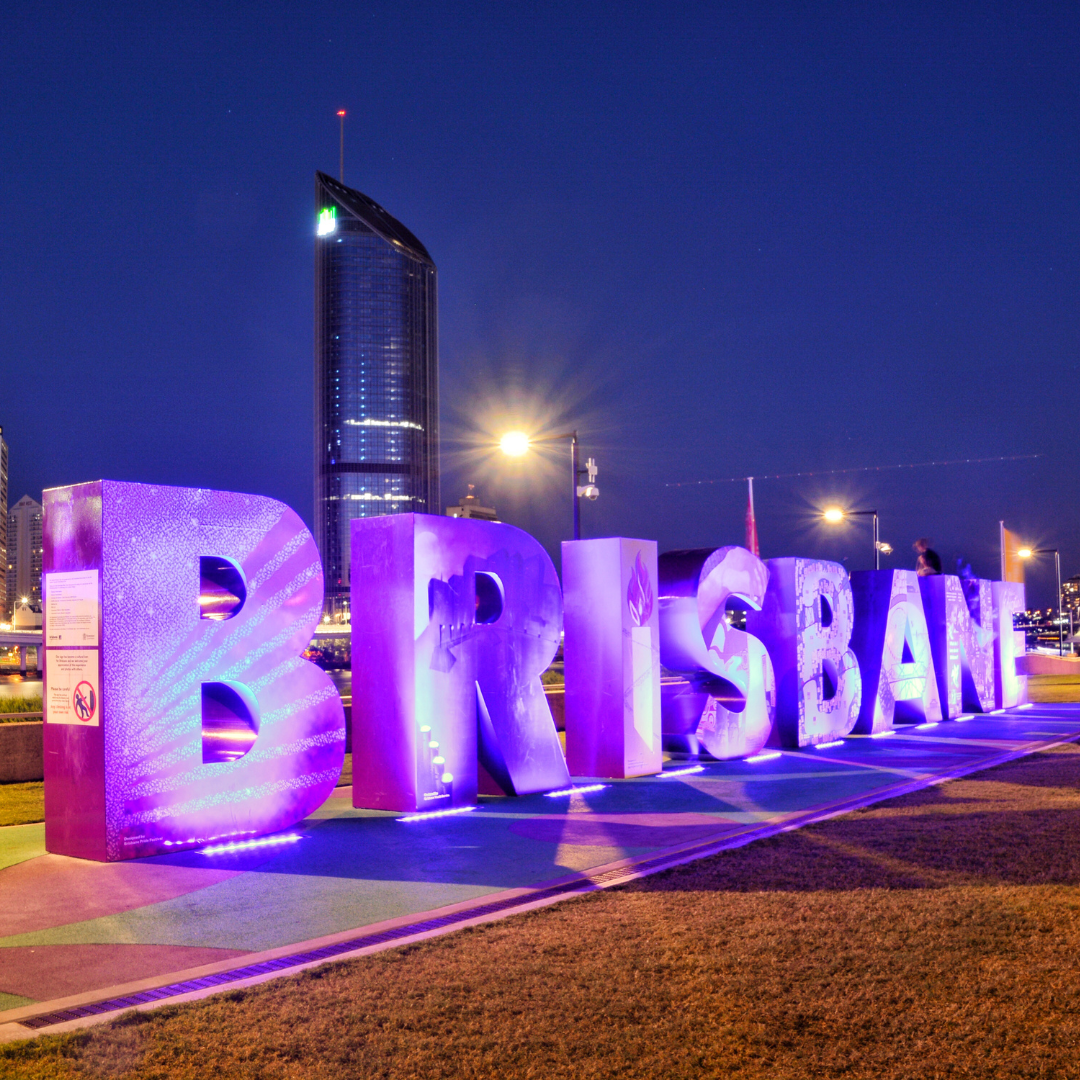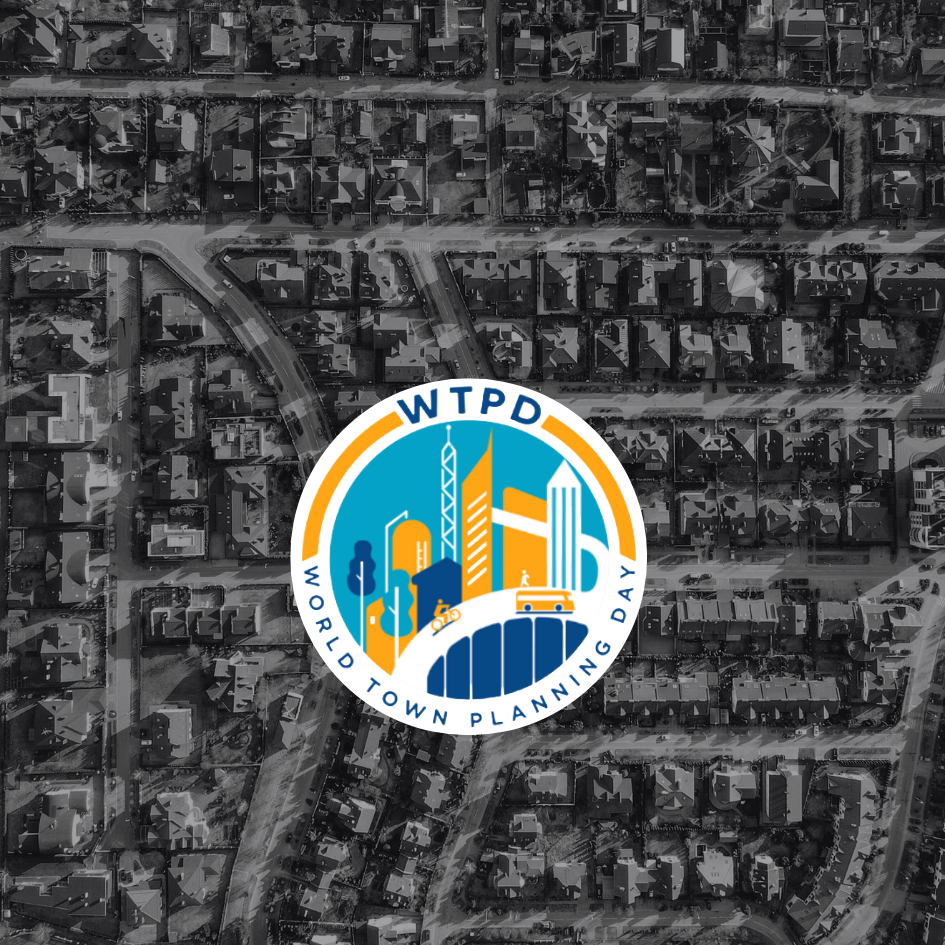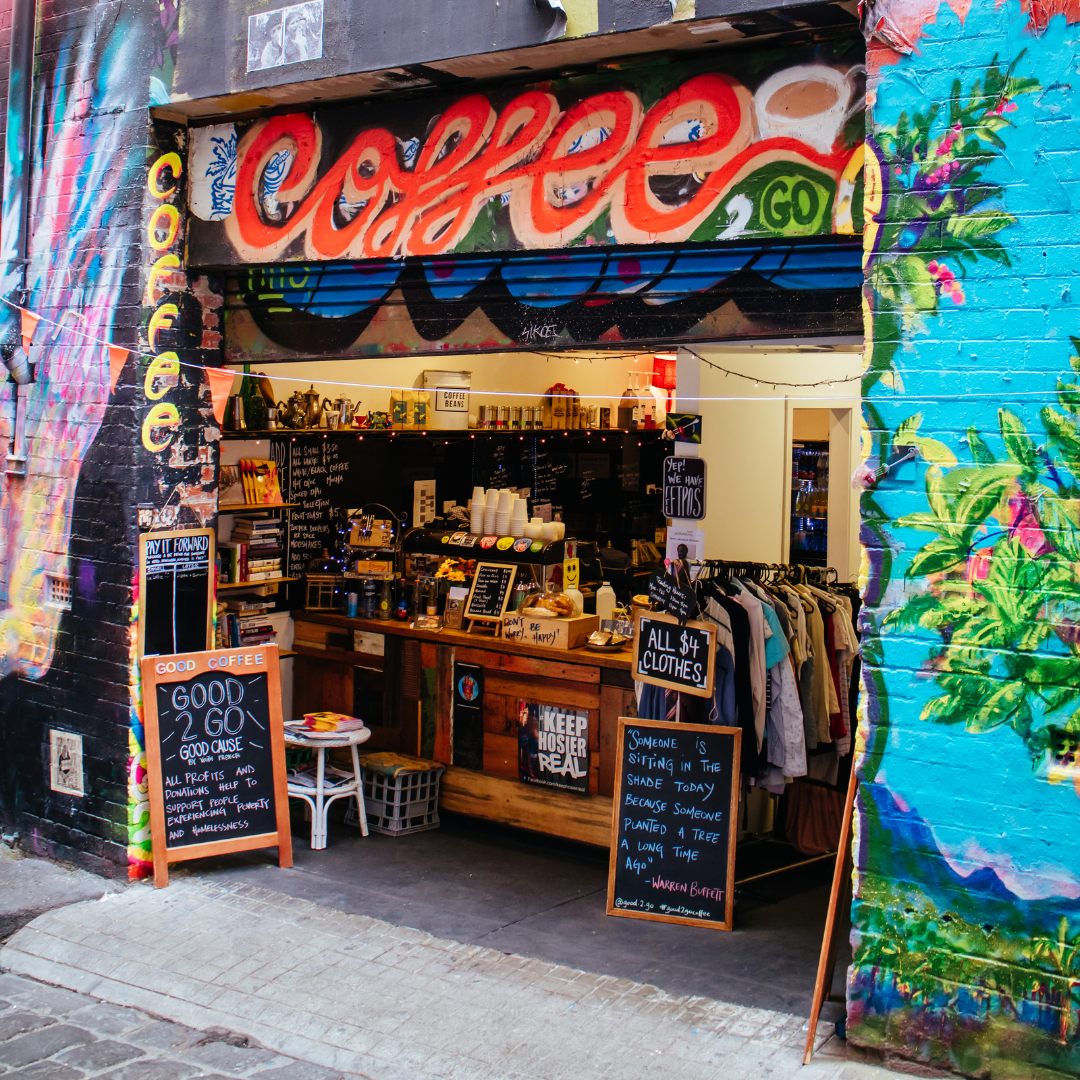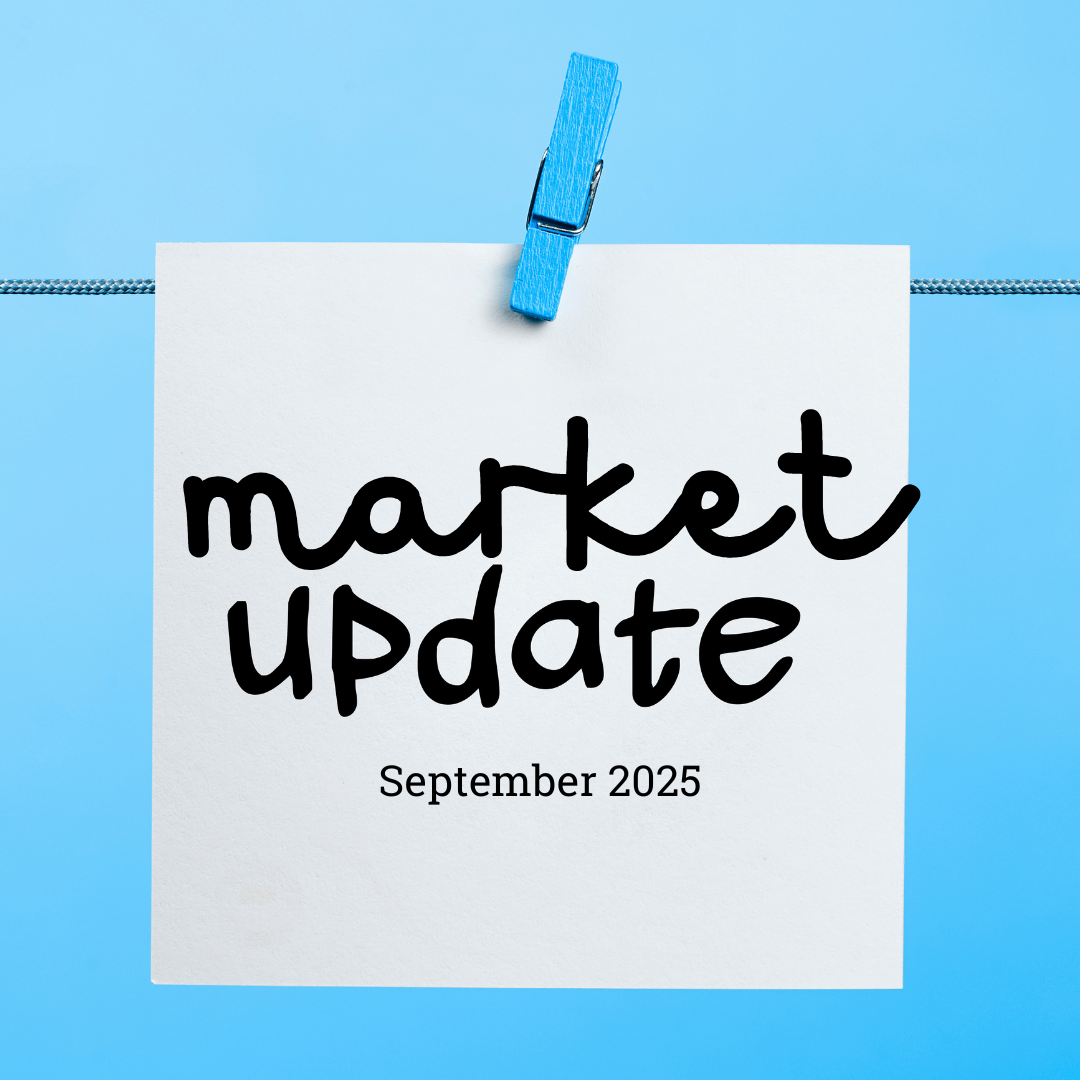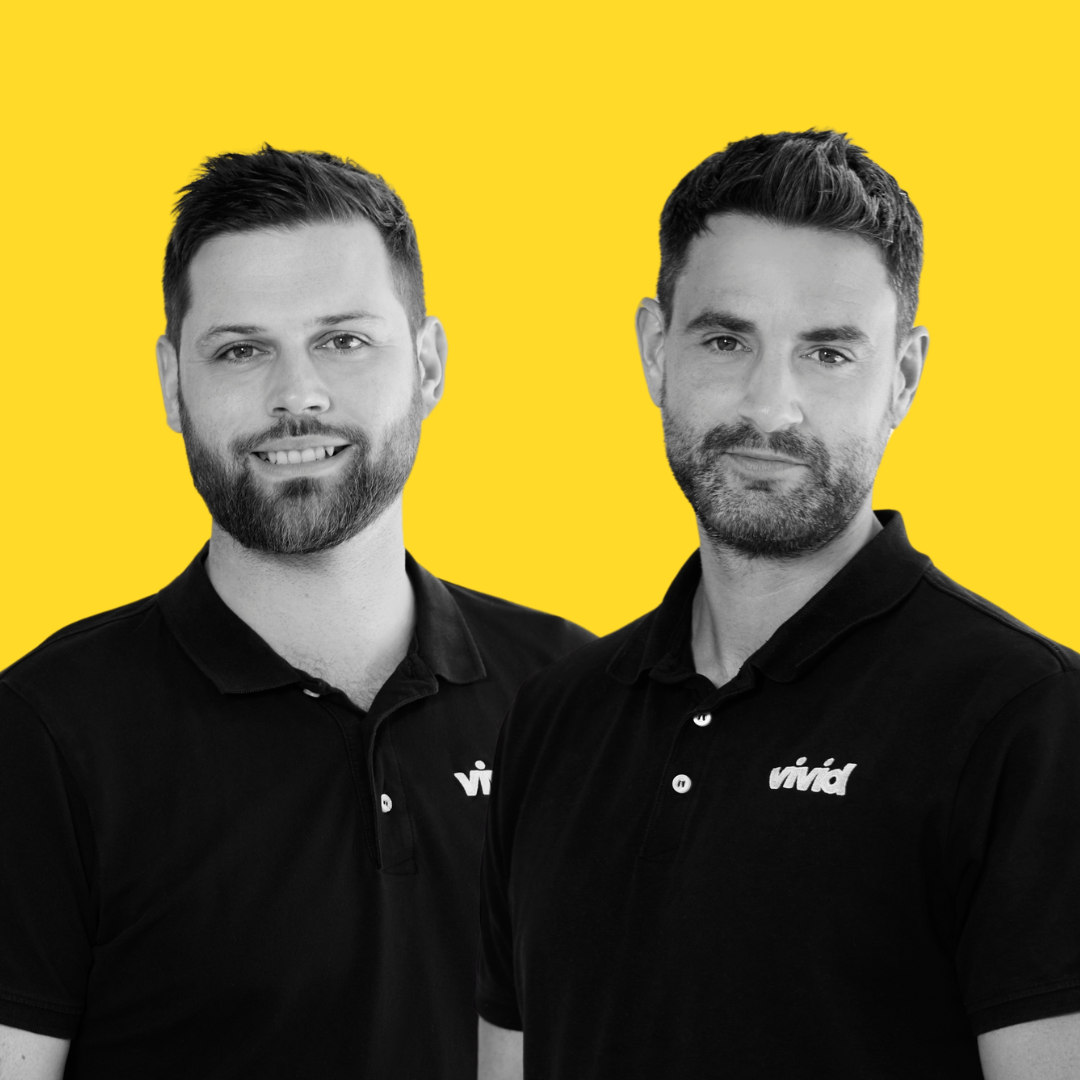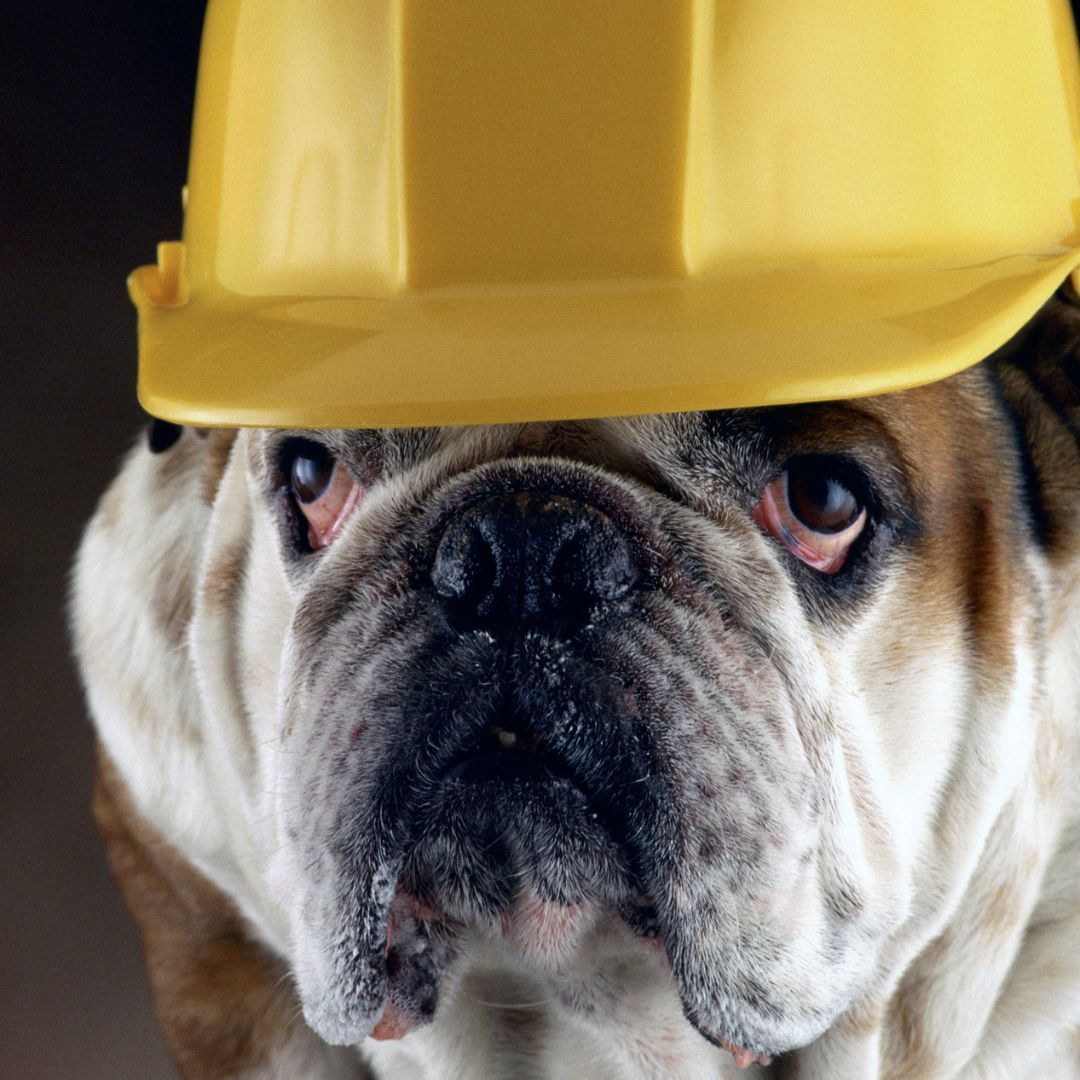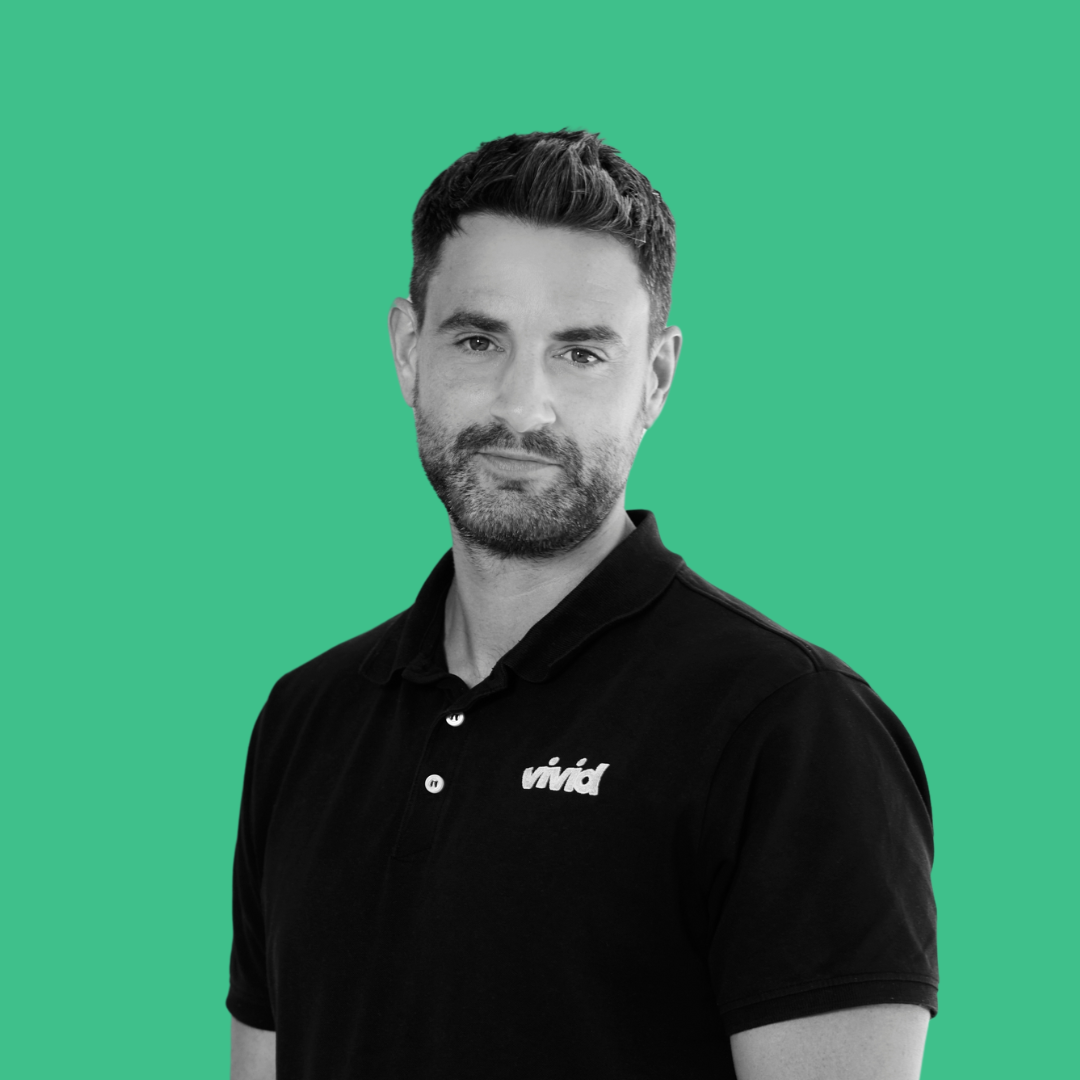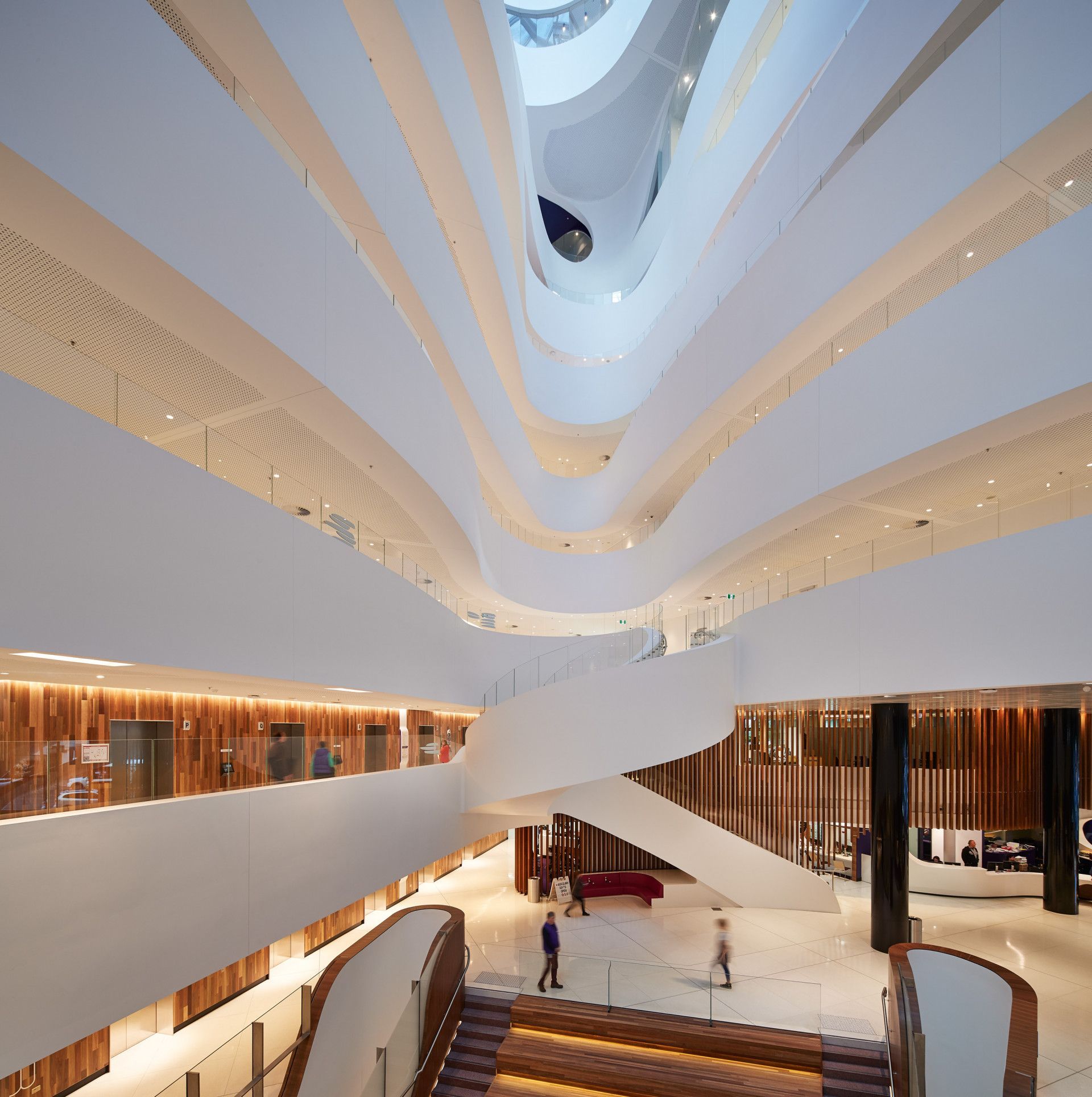5 Reasons Top Candidates Turn Down Job Offers (and How to Fix It)
Salary, culture, slow processes — get it right the first time.
Hiring in today’s competitive architecture, engineering, and design markets isn’t just about finding talent. It’s about securing it. And yet, even after a lengthy search and multiple interviews, many companies are left scratching their heads when a top-tier candidate declines their offer.
Sure, the current market might lean slightly in employers’ favour, with more candidates actively looking. But here’s the thing: great candidates are still turning down job offers left, right and centre.
And if you’re missing out on the best of the best, it’s time to face the facts.
Yep, there really is something wrong with your process (or you!) if you can’t lock in top talent in this job market.
So what’s going wrong?
Here are the five most common reasons top candidates say “no thanks” to job offers — and more importantly, how you can fix them before it’s too late.
1. Your Salary Offer Didn’t Stack Up
Let’s face it — money talks. If your offer isn’t in line with market expectations, or worse, below industry averages, your dream candidate is probably getting snapped up by someone else who’s paying attention.
The Fix:
Make sure you’re benchmarking salaries properly. Don’t guess — know what’s competitive in your sector and location. Use industry data or reach out to a specialist recruitment partner like
Vivid Recruitment for an up-to-date
salary guide. If budget constraints are tight, consider other levers like bonuses, extra annual leave, or flexible working.
2. Your Hiring Process Took Too Long
Talented candidates are rarely on the market for long. A lengthy, disorganised or overly complex hiring process signals disinterest or worse, internal inefficiencies.
The Fix:
Streamline your process. Keep interview stages clear and concise, give candidates a timeline upfront, and most importantly, stick to it. Quick, consistent communication can be the difference between a yes and a no. Check out our blog on 'How to create a great candidate experience'.
3. Your Company Culture Didn’t Shine Through
Candidates want more than just a job. They want to know who they’ll be working with, what the team dynamic is like, and whether they’ll feel at home in your environment.
And here’s the thing. Architecture, engineering, and design are small industries — word gets around. If your workplace culture has a bad rep (or no visible identity at all), it can quietly cost you great candidates. People talk. A friend of a friend shares their experience. A candidate reads a Glassdoor review. It all adds up.
The Fix:
Be clear about your values, team culture, and what makes your company unique. Encourage current employees to share their experience (think videos,
testimonials, or team profiles). During interviews, give candidates a real sense of what day-to-day life looks like at your firm. And if you’re working on improving your culture internally, be transparent about that too. Honesty builds trust.
4. The Role Wasn’t What They Expected
Misalignment between what’s promised in the job ad and what’s described in the interview is a big red flag for candidates. No one likes surprises, especially when it comes to their career.
The Fix:
Be transparent from the get-go. Craft accurate job descriptions, avoid buzzword overload, and be honest about challenges as well as opportunities. Don’t oversell or underplay. Set expectations right and you’ll attract candidates who truly want the role.
5. Poor Communication Throughout the Process
You might think you're doing fine. But if a candidate is left waiting days (or weeks) to hear back after an interview, they may feel like an afterthought.
The Fix:
Over-communicate. Keep candidates in the loop, even if there are delays. A quick check-in message or update goes a long way. Better yet,
work with a recruiter who can manage those updates for you and keep the candidate warm and engaged.
Final Thoughts: The Power of Getting It Right
In the current climate, where top-tier candidates are spoilt for choice, the way you hire matters just as much as who you hire. If you’ve lost great candidates at the final hurdle, take a moment to look at your process.
Need help making sure your offers get accepted? That’s where we come in.
Contact Vivid Recruitment today to talk about how we can help you attract — and keep —
top talent in the
Architecture, Design, and
Engineering sectors.
